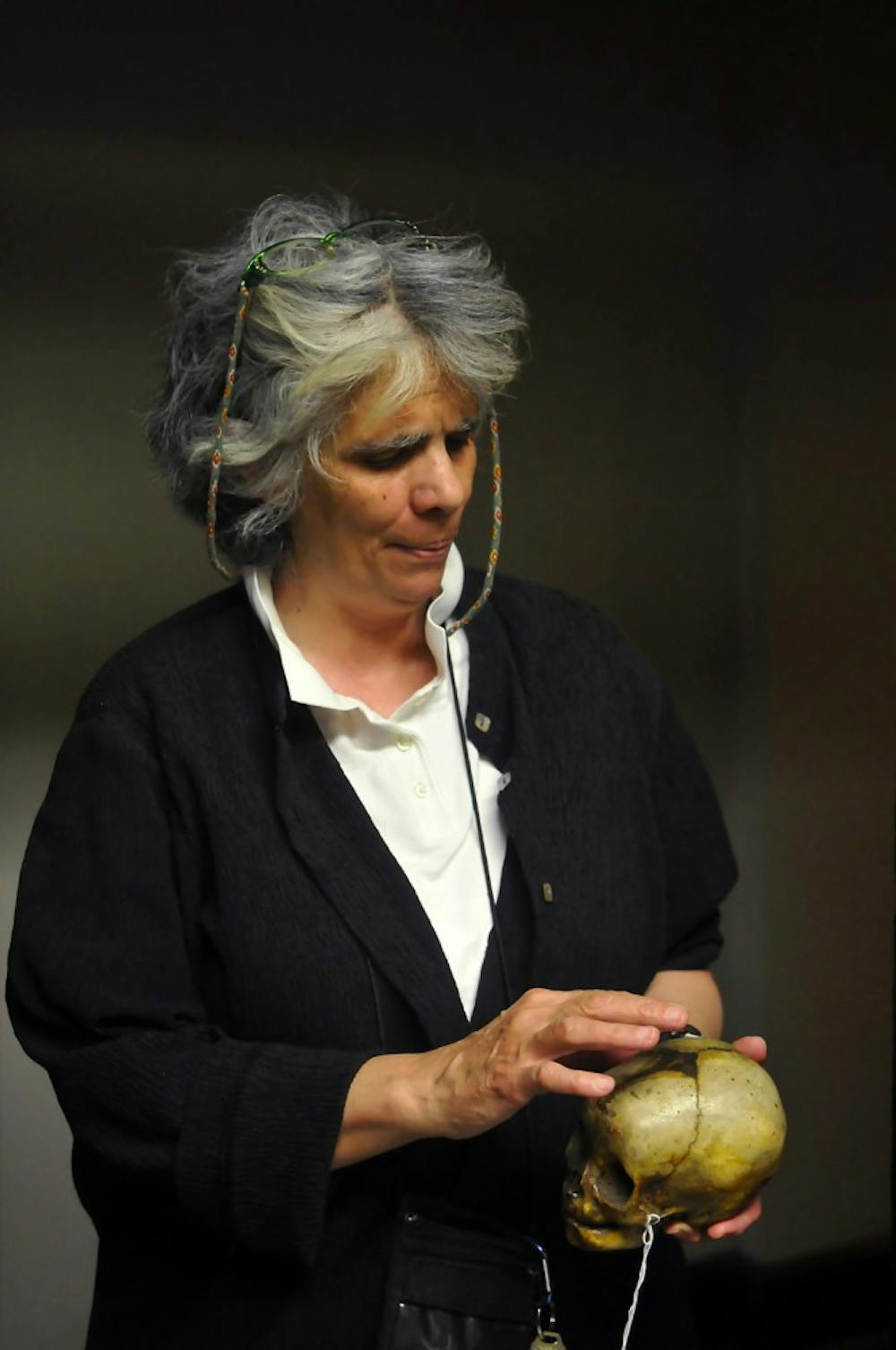A recent study has settled a century-long debate surrounding a collection of skulls at the Penn Museum of Archaeology and Anthropology.
The study — titled “The Mismeasure of Science: Stephen Jay Gould versus Samuel George Morton on Skulls and Bias” — found that Gould, who claimed Morton had been biased in research he conducted on the relationship between brain size and race, was rather biased himself.
Morton, who graduated from Penn in 1820 and became an anatomy professor in 1839, began amassing human skulls from around the world, a collection that eventually numbered 1,225.
He used the skulls to study the theory of polygenesis, that different races may not descend from the same lineage, said Jason Lewis, first author of the study — which was published this month in the online journal PLoS Biology.
During Morton’s time, many scientists believed there was a relationship between brain size and intelligence, said 2011 School of Arts and Sciences graduate Samantha Cox, who works with the skulls.
Using his measurements, Morton concluded that Europeans had larger brains and Africans smaller ones. However, Morton did not believe brain size was related to intelligence, Lewis said.
More than a century later, prominent evolutionary biologist Gould was “a proponent for debunking a lot of myths about race that were based on biology,” and he published a 1978 article in Science asserting that Morton had mismeasured the skulls to support his own racial biases, said Janet Monge, an author of the study and associate director and manager of the Penn Museum’s Casting Program.
However, after meticulous measurements and years of research, a team of anthropologists has found that Morton was indeed accurate in his original calculations.
Lewis, a 2004 College graduate, began working with the skull collection for the purpose of studying changes in skull size over the course of human evolution as a freshman in 2000. According to Lewis, as he and other scientists worked with the skulls, they decided to systematically test Gould’s claim, which was widely accepted at the time of its publication.
The scientists remeasured the skulls’ cranial capacity, a measurement of the inside of the skull used as a proxy for brain size over the course of three years, Lewis said.
Their results reinforced the accuracy of Morton’s methodology, Monge said.
For the next five years, the team fact-checked parts of Gould’s paper using documents at the American Philosophical Society and the Academy of Natural Sciences archives and found many errors, Lewis said. In fact, “Gould’s paper didn’t make a lot of sense,” Monge said, adding that “Gould is more biased than Morton ever could have been.”
The study shows the importance of following the scientific method properly, Lewis said.
Still, “there is a lot of disagreement about Morton” and his theories today — especially those regarding race, said 2007 College graduate Emily Renschler, who has worked with the skull collection in a capacity unrelated to this study.
This was not an easy paper to publish because of the issues related to race and an “impression of infallibility” that surrounds Gould, Monge added.
In 1988, then-Macalester College undergraduate John Michael published a paper that also challenged Gould’s argument. However, the community questioned Michael’s accuracy because he was an undergraduate.
Today, scientists are interested in statistical averages of brain sizes but brain size had “no really good association with intelligence,” Monge said.
Monge explained that brain size does vary with climate, as humans in colder climates tend to be larger and thus their cranial capacity is larger as well.
In our time, the skulls are of interest not for what they may tell us about race, but what we can learn about their gender, sex and personal histories, Renschler said.
Editor’s note: This story has been updated from its original version to reflect that John Michael was an undergraduate at Macalester College, not Penn.



